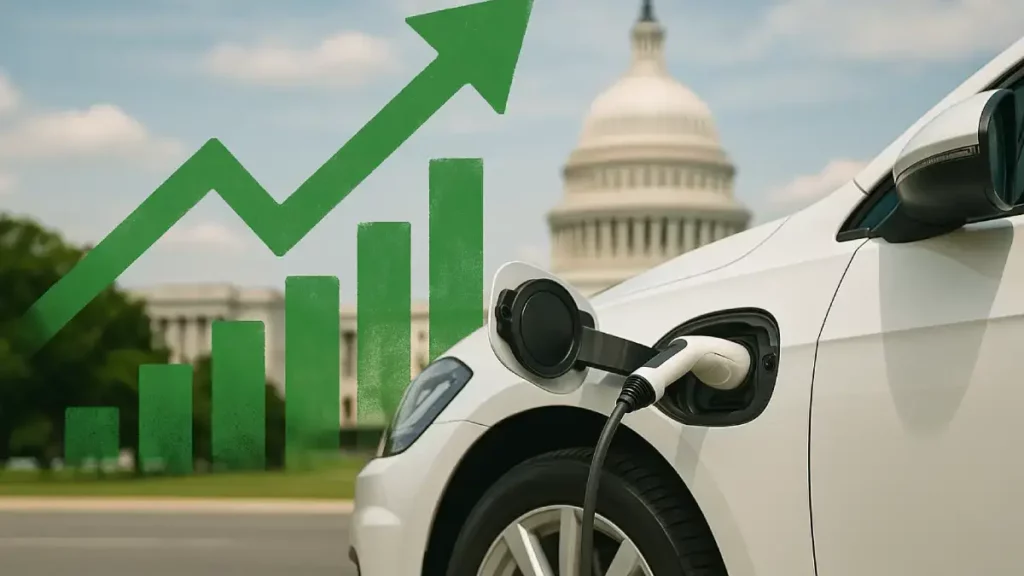Electric vehicles are no longer just a glimpse into the future; they are actively reshaping how we travel right now, in 2025.
The shift away from gasoline cars towards cleaner, electric-powered transport is happening faster than ever. If you’re a family considering this switch, you might find our guide on choosing the right electric vehicle for families helpful.
Consider this: global sales of electric vehicles jumped by a huge 18% in January 2025 compared to the year before. That means 1.3 million electric cars found new homes around the world in just one month.
This big number shows a clear trend in the EV market trends: people are choosing electric.
This guide is here to give you all the important information about electric vehicles. We will look at the newest technology, how charging works, what the market looks like today, and what money help (like tax credits) you can get. In broader sustainable tech innovations, electric vehicles play a significant role.
By the end of this guide, you’ll understand the world of EVs much better. You’ll learn about the latest EV market trends, the amazing new features in cars, the growing electric mobility solutions, and the financial help available. This knowledge will help you decide if switching to an electric car is the right choice for you.

The market for electric vehicles is growing incredibly fast in 2025. These cars, often called EVs, are becoming much more popular around the world, showing strong EV market trends. While EVs are leading the charge in green transport, hydrogen fuel cell vehicles are also part of the conversation.
In Europe, specifically the EU, fully battery-powered electric vehicles (BEVs) made up 15% of all new cars sold in January 2025. That’s a big jump from 10.9% just one year earlier, in January 2024. More Europeans are choosing electric every month.
China is leading the way as the biggest market for electric vehicles. In fact, experts predict that in 2025, for the first time ever, more electric cars will be sold in China than cars using traditional gasoline engines. This is a huge turning point in the EV market trends.
The United States market is also seeing strong growth. Sales of electric vehicles went up by 7.3% in 2024, and this growth is continuing into 2025, reflecting positive EV market trends in the country. (Source for US growth: Provided research document [12])
Several companies are driving the electric revolution. The main players in the electric vehicles market include:
Competition is heating up. As these traditional car makers release more electric vehicles, buyers have more choices than ever before. This competition helps drive innovation and potentially lower prices.
While established markets like China, Europe, and the US lead, electric vehicles are also gaining ground in other parts of the world. Some regions in Southeast Asia and Latin America are showing promising EV market trends, although starting from a smaller base. Governments in these areas are often introducing policies to encourage people to buy electric cars. The speed of EV adoption is increasing globally, which is influenced significantly by government policies.